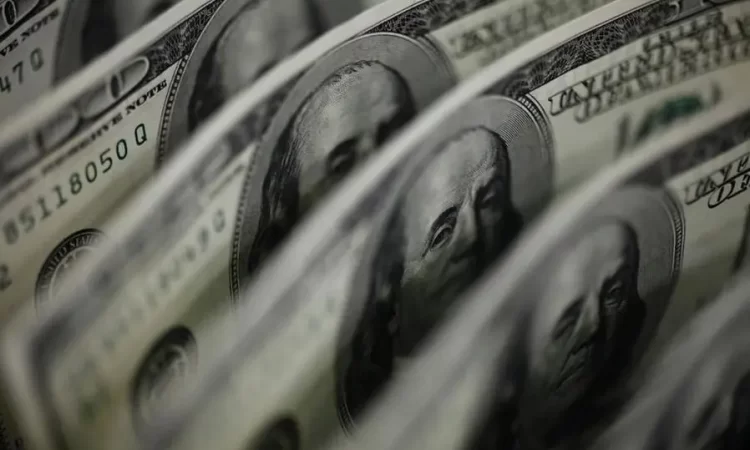
NEW YORK – Profit taking dampened a dollar surge against the yen on Friday, but the buck ended higher and still logged the biggest weekly gain since early December, as the Japanese currency remained on the defensive after the Bank of Japan governor repeated that the central bank will maintain its ultra-loose monetary policy.
Dollar/yen in early trade looked on track for its best day since Dec. 5 after BOJ Governor Haruhiko Kuroda, addressing the World Economic Forum in Davos, Switzerland, on Friday, said the central bank will continue its current “extremely accommodative” monetary policy to achieve its 2% inflation target in a stable, sustainable manner.
Its 0.88% gain as of late Friday was still the largest since Jan. 4 and its weekly 1.32% rally from a seven-month low on Monday was the biggest since the week ending Dec. 9.
John Doyle, vice president of trading and dealing at Monex USA, noted the volatility on Friday and pointed to the Lunar New Year holiday next week in Asia.
“At 3 o’clock on a Friday, we’re just seeing some position squaring ahead of the long weekend. It’s been a hectic week for the yen: 1.6% lower vs the dollar even with that comeback in last couple of hours.”
Speculators bet that the BOJ, the last major central bank to still employ a loose monetary policy, is edging toward a shift to a tighter stance.
That has driven a rally in the yen that has pushed the dollar/yen pair down by 14% in the past three months. The dollar rose as high as 130.62 yen and was last up 088% at 129.56.
Data on Friday showed Japan’s core consumer prices in December rose 4.0% from a year earlier, double the BOJ’s target. “Japan now has an inflation problem that it hasn’t had in nearly 40 years,” CMC Markets chief strategist Michael Hewson said.
“For me, the die is cast – dollar/yen will go lower and it’s a question of how quickly,” he said. Marc Chandler, chief market strategist at Bannockburn Global Forex in New York, said he thinks the dollar will move back into the 130-135 yen range. “If you tell me direction of U.S. yields, I can tell you the direction of dollar yen.”
The greenback has been mostly on the defensive this week, as a slew of data from consumer spending to business activity and inflation across major economies highlighted an increasingly fragile outlook for U.S. growth.
U.S. Treasury yields have been trending lower all month but rose on Thursday and Friday. Against a basket of currencies, the dollar slipped 0.05% to 102.005.
The dollar index has lost about 1.4% so far in January, having fallen nearly 8% in the final three months of 2022, when investors began factoring in a higher chance of the Federal Reserve slowing down the pace of interest-rate rises.
With much top-tier data out of the way now, investors are waiting for the first Fed meeting of the year in early February to see if it raises interest rates by 25 basis points (bps) or 50 bps as it did in December after four straight 75 bps increases.
The market is eagerly pricing in another step down in its tightening policy. ING economists said the intense scrutiny of U.S. growth means that the dollar remains vulnerable to data releases as markets keep scaling back Fed rate expectations.
“We keep saying with our clients ‘yes, the dollar’s weak but it’s relatively weak from where it’s been recently,'” Doyle said.
“Just over a year ago, if I told you you could buy the euro at $1.08, you’d think I was a liar.”
Meanwhile, the euro was up 0.25% at $1.0856, and the pound was nearly flat at $1.2397, after UK data showed a surprise drop in retail sales in December, as British shoppers bought less but spent more. In crypto, Bitcoin popped to its highest level since September in late trade and closed up 5.6% at $22,270.
(Reporting by Alden Bentley and Gertrude Chavez-Dreyfuss in New York, and Amanda Cooper in London; Additional reporting by Ankur Banerjee in Singapore; Editing by Hugh Lawson, Kirsten Donovan and Jonathan Oatis)




